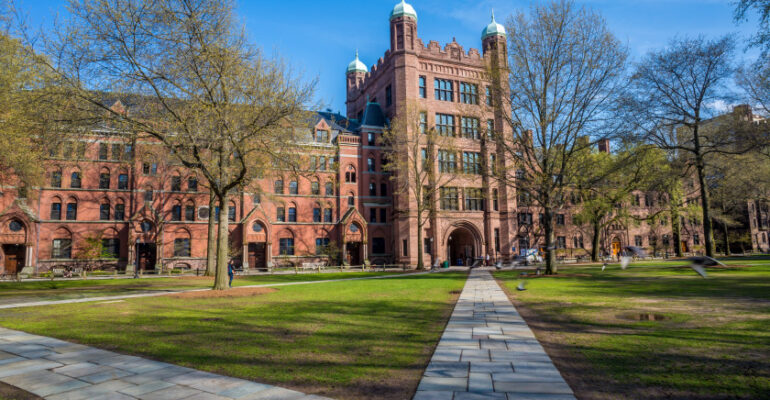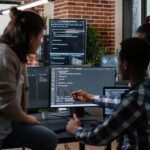Can I Study in the USA with a B1/B2 Visa? Ultimate Guide
Many prospective international students wonder if they can use a B1 or B2 visa to study in the United States. These visa categories are often misunderstood when it comes to their application for educational purposes. Understanding the rules and regulations associated with the B1/B2 visa is crucial to avoid legal issues and ensure a smooth path to studying in the U.S.
What is a B1/B2 Visa?
The B1/B2 visa is a non-immigrant visa that allows foreign nationals to enter the United States temporarily for business (B1) or tourism and medical treatment (B2). The B1 visa covers activities such as attending meetings, conferences, or negotiating contracts, while the B2 visa is intended for vacation, visiting family, or receiving medical treatment. Many people mistakenly think the B2 visa permits studying, but this is limited to very short recreational or non-credit courses.
Can You Study on a B1/B2 Visa?
The short answer is no, you cannot enroll in a degree program or full-time study using a B1/B2 visitor visa. U.S. immigration laws clearly state that students must obtain an F-1 (academic) or M-1 (vocational) student visa to pursue formal education, including degrees, diplomas, and language training programs in the United States.
However, there is an exception: If you want to take a short recreational course that is non-credit and incidental to your visit, you may do so on a B1/B2 visa. For example, a few weeks of a cooking class or art workshop during your vacation might be allowed. But this type of study cannot lead to a degree or academic certificate.
What to Do If You Currently Have a B1/B2 Visa and Want to Study?
If you are in the U.S. on a B1/B2 visa and decide you want to start studying, you have options, but they require changing your visa status:
- Get Accepted by a SEVP-Approved School: First, you must receive acceptance from a U.S. educational institution certified by the Student and Exchange Visitor Program (SEVP).
- Obtain Form I-20: The school will issue Form I-20, necessary for your student visa application or change of status.
- Apply for a Change of Status: You can file Form I-539 with the United States Citizenship and Immigration Services (USCIS) requesting a change from B1/B2 status to F-1 student status. This process can take several months, and the outcome is not guaranteed.
- Leave and Re-enter: Alternatively, you can leave the U.S., apply for an F-1 student visa at a U.S. consulate abroad, and return with a valid student visa.
Why You Should Not Attempt to Study on a Visitor Visa
Studying without the proper visa can result in visa violations, which may lead to deportation or difficulties re-entering the U.S. The government strictly enforces these rules to maintain the integrity of immigration law. Attempting to study on a B1/B2 visa for credit courses or degree programs is a violation of your visa conditions.
Tips and Important Considerations
- Always apply for the correct visa before enrolling in a full-time study program.
- Plan your visa process well in advance to avoid delays.
- Consult with the admissions or international student office of your intended school for guidance.
- Keep updated on U.S. immigration policies, as rules can change.
- If in doubt, seek advice from an immigration expert or attorney.
Conclusion
While a B1/B2 visa allows you to visit the United States for tourism or business, it does not permit full-time study or enrollment in degree programs. To study in the U.S., securing an F-1 or M-1 student visa is mandatory. If you currently hold a visitor visa and want to study, make sure to follow the proper legal steps to change your status or apply for the correct student visa. Doing so will help ensure a successful and legal educational journey in the United States.






